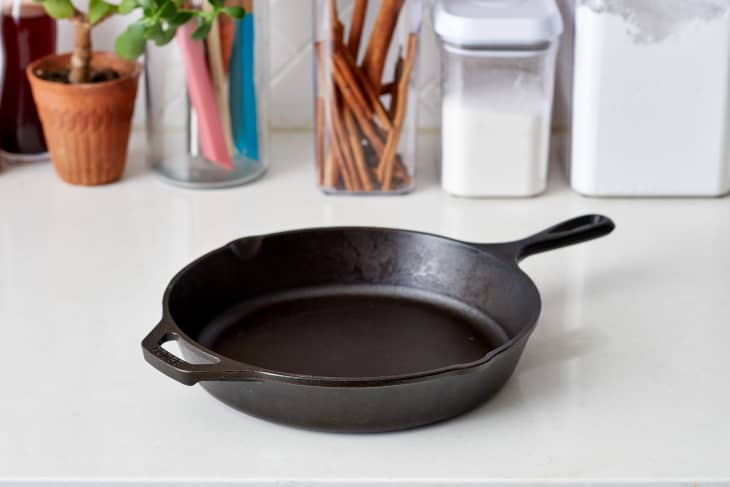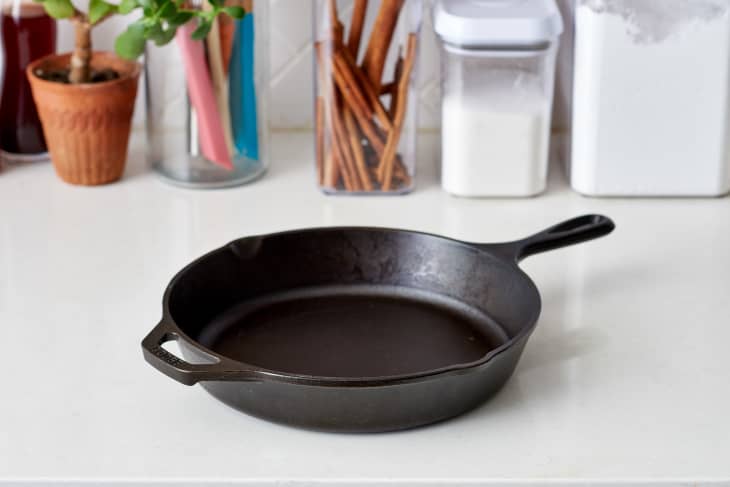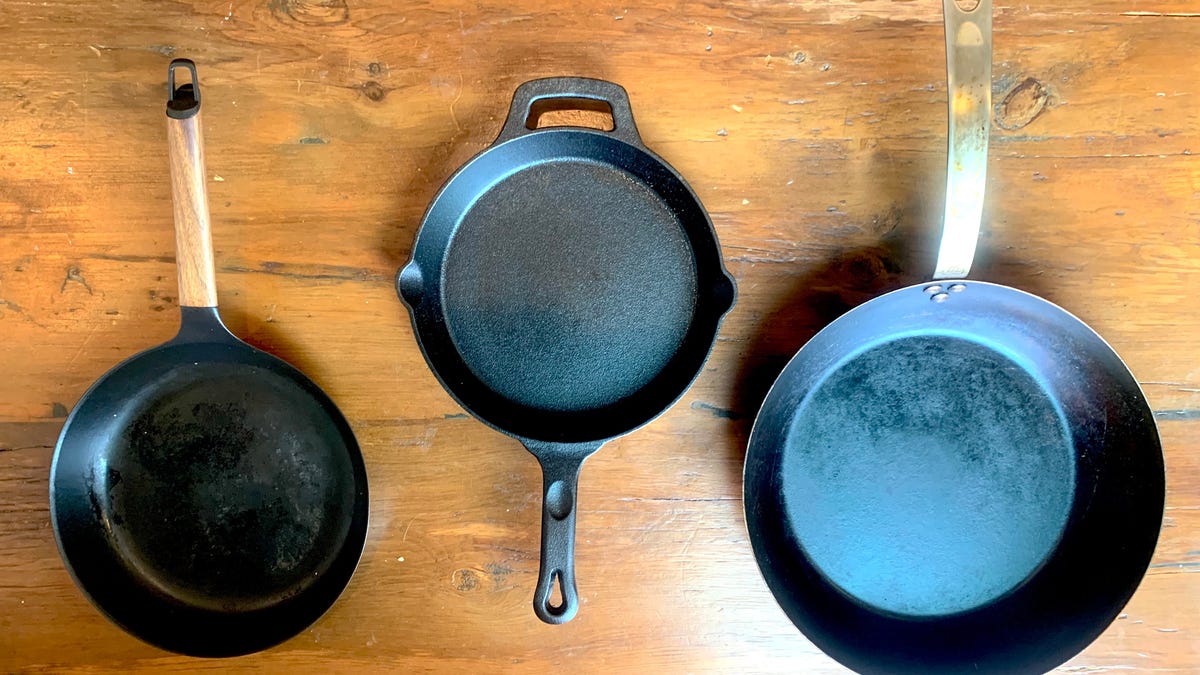If you're a kitchen professional looking to enhance your cooking skills, knowing how to season a stainless steel skillet is essential. A seasoned stainless steel skillet not only helps prevent food from sticking but also enhances the flavor of your dishes. In this guide, we will go over everything you need to know about seasoning your stainless steel skillet effectively.
Many chefs might think that seasoning is solely reserved for cast iron cookware, but that is a misconception. Although the techniques might differ, a well-seasoned stainless steel skillet can work wonders in your kitchen. Lets dive deeper into this culinary art.

Understanding Stainless Steel Cookware
Stainless steel is a popular choice among kitchen professionals for various reasons. It is durable, resistant to rust and easy to clean, making it ideal for both home cooks and professionals alike. However, it can sometimes pose challenges when it comes to sticking food. This is where seasoning steps in.
Benefits of Seasoning Your Skillet
Seasoning a stainless steel skillet helps create a protective layer that:
- Reduces sticking
- Enhances flavor
- Improves heat retention
- Protects the surface from scratches
How to Season a Stainless Steel Skillet Step by Step
Now that we understand the benefits, let's explore how to season a stainless steel skillet with a detailed step-by-step approach:
Step 1: Gather Your Supplies
Before you begin, you'll need the following items:
- Stainless steel skillet
- High smoke point oil (such as canola oil or grapeseed oil)
- Paper towels
- Heat-resistant utensils
Step 2: Clean the Skillet
Start with a clean surface. Wash your skillet with warm, soapy water to remove any residues. Rinse it thoroughly and dry it completely.
Step 3: Preheat the Skillet
Next, place the skillet on medium heat. Preheating allows the oil to bond effectively with the skillet's surface. Heat until the skillet is hot but not smoking.
Step 4: Apply Oil
Once the skillet is heated, take a paper towel and dip it in your chosen oil. You want just enough to coat the bottom of the pan lightly but not so much that it pools.
Step 5: Spread the Oil
Using a heat-resistant utensil, spread the oil evenly across the surface of the skillet. Make sure to cover the entire cooking area.
Step 6: Heat the Oiled Skillet
Allow the skillet to remain on the heat for about 10-15 minutes. This will help the oil to polymerize, creating that essential seasoning layer.
Step 7: Let it Cool
After heating, turn off the stove and let the skillet cool down to room temperature. This helps finalize the seasoning process.
Step 8: Repeat if Necessary
For best results, consider repeating the oil application process 2-3 times for a thicker seasoning layer.
Maintenance Tips for Your Seasoned Skillet
To maintain your newly seasoned skillet, follow these tips:
- Avoid sudden temperature changes: Always heat the skillet gradually.
- Use wooden or silicone utensils: This prevents scratching.
- Clean gently: Use mild soap and avoid abrasive sponges.
For more tips on maintaining your cookware, check out related articles: Cast Iron Maintenance.

Frequently Asked Questions
Can I season my stainless steel skillet like cast iron?
Yes, while the process differs slightly, seasoning does apply to stainless steel as well.
How often should I season my skillet?
Generally, you should season your skillet if you notice food starting to stick on the cooking surface.
What types of oil should I use?
Use oils with high smoke points like canola, grapeseed, or avocado oil for best results.
As you get more comfortable with how to season a stainless steel skillet, youll start to see the benefits in your cooking. For additional cooking techniques, consider reading about gentle cleaning methods or other related articles.
As an Amazon Associate, I earn from qualifying purchases.






Leave a comment
This site is protected by hCaptcha and the hCaptcha Privacy Policy and Terms of Service apply.